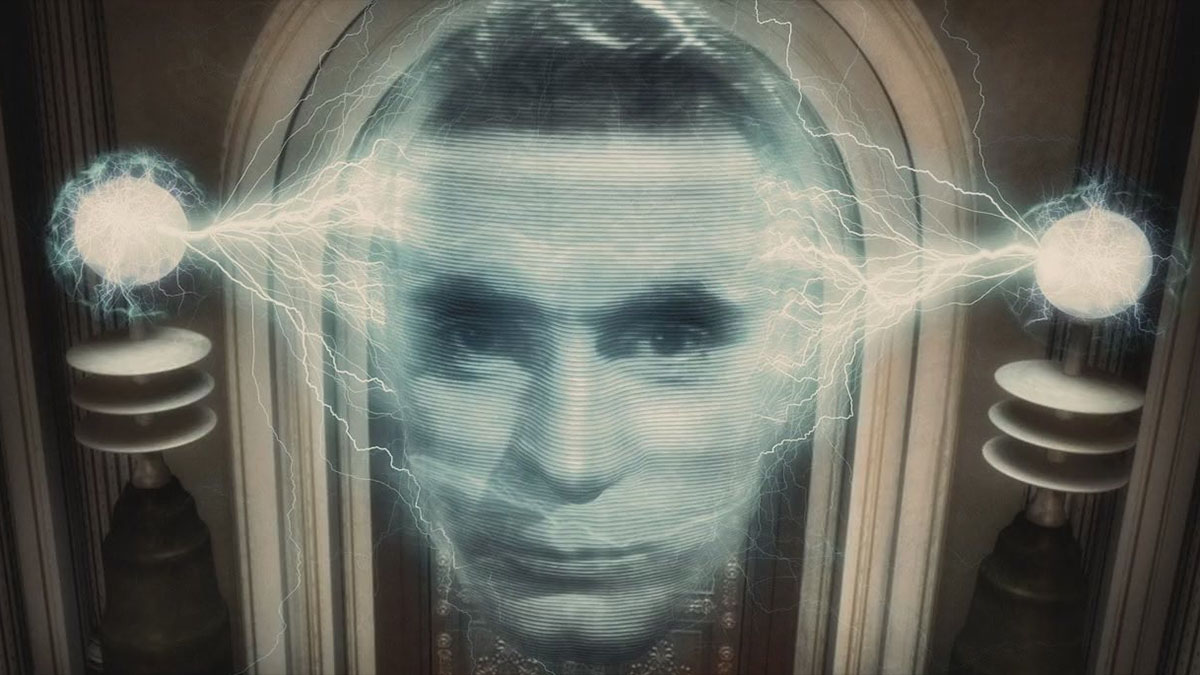ray kurzweil’s exponential mythology

Every enthusiastic movement needs a catchphrase and a talking point used to rebuff critics in one swoop. For the Technological Singularity espoused by Ray Kurzweil, that talking point is the so-called exponential curve of technological advancement. Supposedly, when you plot the entire history of life on our planet, you’ll see that it progresses at an exponential rate. Add technological achievements to the trend line and you’ll see that just as evolution is moving exponentially so does technical advancement, which is why the Singularity will be here in just a few decades rather than a few centuries. And here you were stuck in linear thinking, not realizing the big exponential curve ahead of you and the upcoming rise of intelligent machines which will merge with humans, changing our species once and for all. So what if the graph is totally arbitrary and uses random data points?
Whoops, that one slipped out before it’s scheduled cue. But since we’ve mentioned the details of the graph in question, let’s give it a closer look. You can’t compare the evolution of living things to technology because, as we should’ve learned in biology class, the more living things there are, the faster evolution takes place and as new environments and mutations arise, so do new species. We can look at evolution as an exponential curve but that actually gets us a quasi-Lamarckian canard instead of the true picture. In the graph, we’re working our way towards humans and what we define as intelligence.
But what about the brainy dolphins and chimps? Or how about parrots and wolves which have a level of intellect we could also recognize? And what happened to the speciation and the relationships between organisms? What about the dead ends and the messy parts of the evolutionary process like mass extinctions and repopulations? Why did we throw that out of the equation? Because it’s not focusing on the point Kurzweil wants to prove? That’s hardly a legitimate reason.
And we can ask the same questions about technology listed on the graph. Why do we have basic stone tools, arrows and wheels but not planes, nuclear weapons, high explosives and hundred piece sets of power drills, wrenches, screwdrivers and pliers you can get at hardware stores? Why do we have printing but not art? Why don’t we account for the ancient steam engine built all the way back in the classical world and rejected due to the abundance of cheap human labor? Why do we have personal computers but spaceflight is absent? Holy FSM, we don’t have spaceflight, lunar landings or interplanetary travel on the chart?!
That’s an omission which is not dissimilar from randomly leaving out bipedal locomotion when describing how humans evolved. We left our world and set foot on the Moon and that doesn’t merit a blip on Ray’s meta chart, but the invention of a PC that couldn’t store more than one or two image files on this blog on its hard drive gets a note? Is Ray trying his best to melt my brain here? And what about all the abandoned technology or ideas that have been around for about half a century, but are only now starting to really attract investment and interest, technology like plasma rockets, fusion reactors and antimatter propulsion? They’re also conspicuously absent.
Technology and evolution move at an exponential rate only in Ray’s world. In reality, innovation is a messy and often time consuming process which is subject to the whims of new discoveries, money, politics and nature. This is why decades of work on stem cell research are still far from giving us cures for cancer or a way to get a few spare organs on command. This is why instead of planning to fly to Alpha Centauri as many books about spaceflight technology from the 1980s were forecasting we would be by now, we still haven’t repeated the one small step on the Moon that should by all rights be one of the most important moments in all of our history.
In the Singularitarian and transhumanist dream world, technology falls form the sky like mana from heaven, but in the world in which we have to live, that’s not the case. Random plot points on a graph massaged to convey the point Ray desperately wants to prove can be arranged any way he feels like but it won’t change the bursts and stalls in our technological development which, charted under real world conditions, look like a tree where the length of each branch is dictated by a mix of money, political sentiment, priorities, number of researchers, corporate interest and our understanding of the relevant science.





